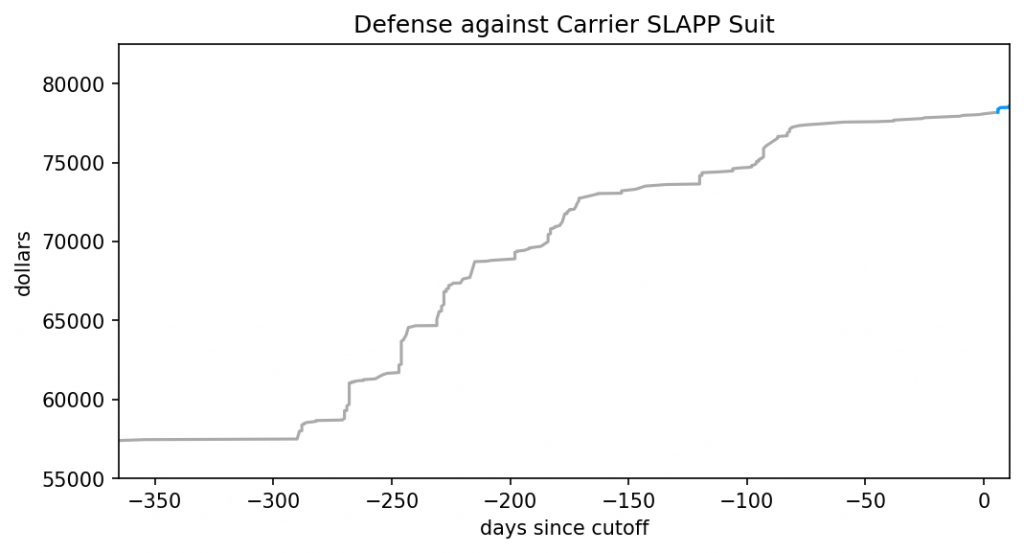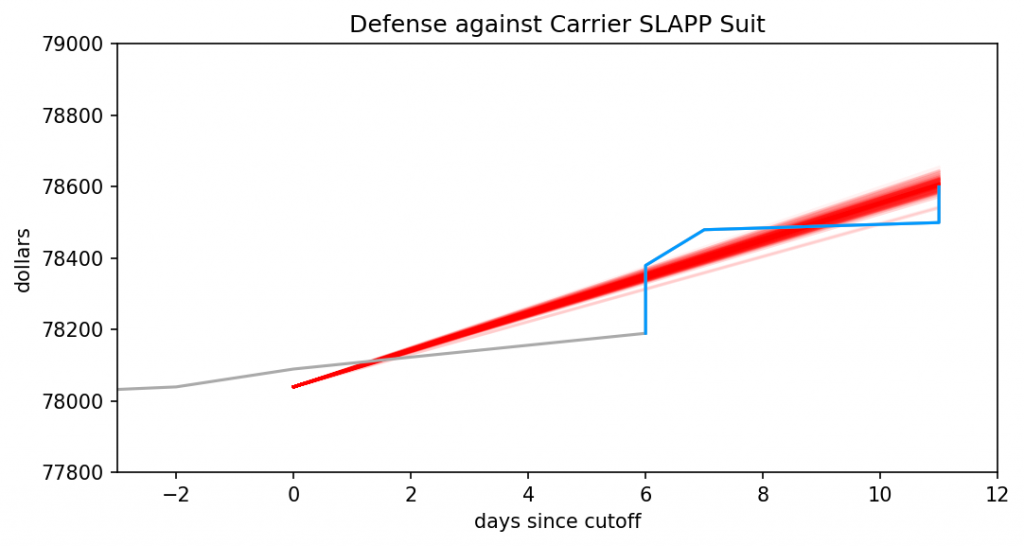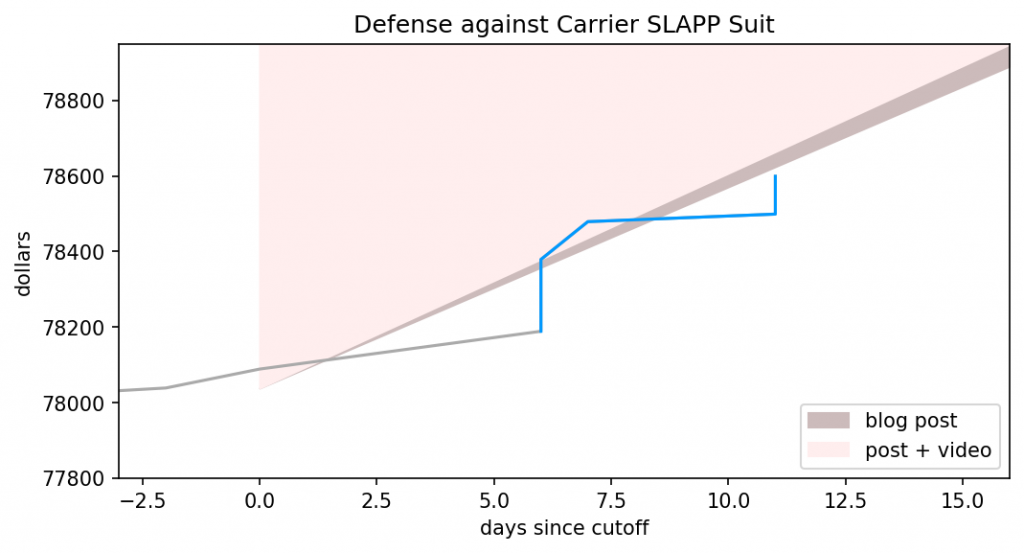Are blogs dying off? The trend of setting up faux blogs to rig search results and/or soak in ad revenue suggests so. The rise of newer mediums, like video and social media, has also created powerful and more addictive alternatives that drain the life from blogging. However, it’s hard to keep a straight face during the eulogy when Substack and Medium are standing right there.
Over here at FtB HQ we’ve been hedging our bets, for instance with the YouTube channel we fired up a year ago. That wasn’t enough for me, so a few months ago I committed to the rather unoriginal idea of spinning up a Mastodon instance. After much tinkering with the innards and taking the thing for a few joyrides, I think it’s ready to go live. Hence, this post! [Read more…]








